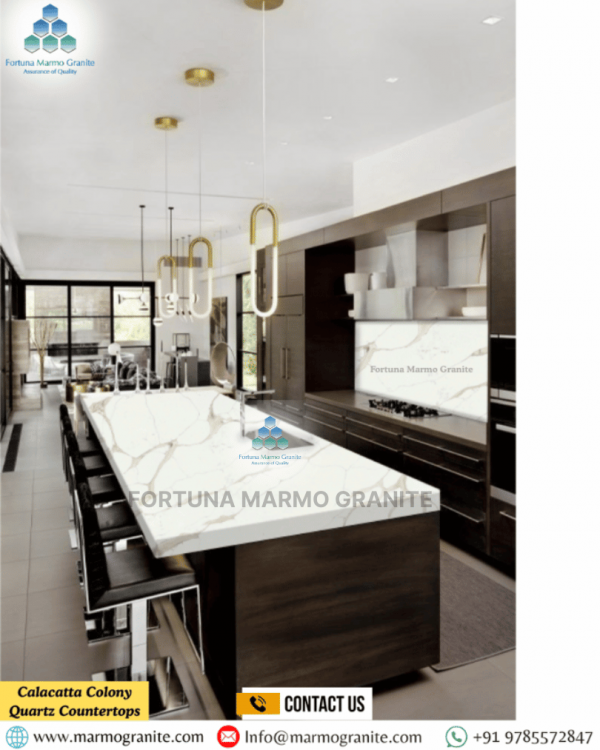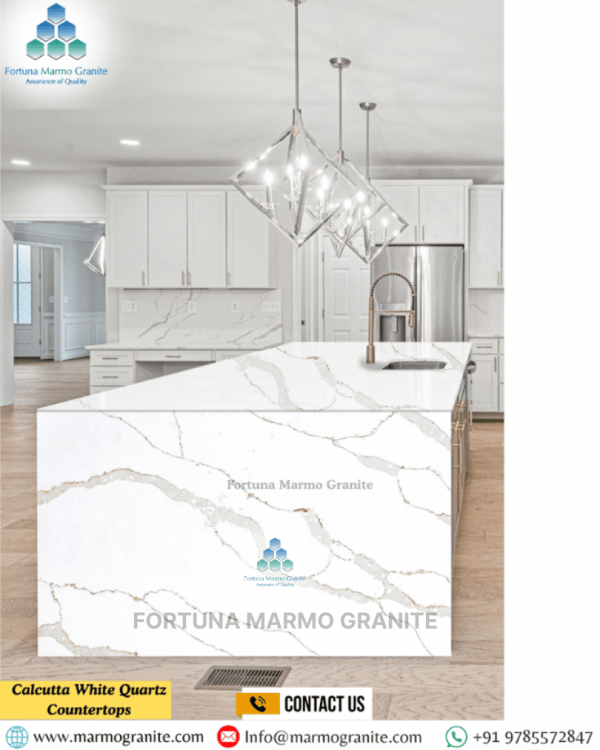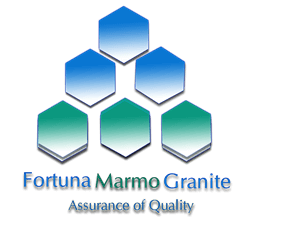Why Quartz is the Ultimate Choice for Stylish Interiors in 2025


The Enduring Appeal of Quartz: More Than Just a Pretty Face
Quartz, an engineered stone, has rapidly gained prominence in modern interior design in 2025. The focus today is not just on aesthetics but also on functionality and long-term performance. This material is composed of over 90% natural quartz crystals—one of the hardest and most durable minerals—combined with advanced resins, polymers, and color pigments.
The result is a non-porous, highly durable surface that resists scratches, stains, moisture, and impact, outperforming many natural stones like granite and marble. Unlike natural stone, which may have imperfections or require regular sealing, quartz offers consistency in color and pattern while being virtually maintenance-free.
This makes quartz ideal for kitchen countertops, bathroom vanities, wall cladding, and flooring. In modern homes, where style, hygiene, and practicality are equally important, quartz fits perfectly. Its sleek, contemporary look blends with various interior styles—minimalist, industrial, or luxurious—while ensuring everyday resilience.
With homeowners and designers emphasizing sustainability, durability, and minimal upkeep in 2025, quartz has become a top choice for residential and commercial spaces. It offers a seamless combination of natural beauty and cutting-edge technology.
Unrivaled Durability: Built to Last in Busy Lives
Scratch and Chip Resistance: Quartz is highly resistant to scratches, chips, and cracks, unlike softer natural stones. This makes it perfect for high-traffic areas like kitchen countertops, where pots, pans, and cutlery are constantly in use.
Stain Resistance: Its non-porous surface prevents stains from red wine, coffee, or oils. Spills simply sit on the surface, making them easy to wipe clean. This advantage eliminates the need for constant sealing required by porous materials.
Heat Resistance: Quartz withstands heat well, though it's wise to use trivets for very hot items. It surpasses laminate and some natural stones that can scorch or crack under direct heat.
Longevity and Value: Quartz is a long-term investment. Its durability ensures it retains its pristine look for years, adding significant value to your home.
Effortless Elegance: Aesthetics That Define 2025 Style
Mimicking Nature with Precision: Quartz excels at replicating the intricate veining and patterns of natural marble and granite. In 2025, Calacatta-inspired quartz remains highly popular. It features dramatic grey and golden veining on pristine white or soft creamy backgrounds, offering the luxurious look of marble without the maintenance challenges.
Bold Statements and Earthy Neutrals: Trends in 2025 show a striking contrast. Minimalist elegance with soft veining and neutral tones continues to create serene, uncluttered spaces. Earthy neutrals—warm whites, soft beiges, taupes, and greiges—add a calming, grounded feel. At the same time, bold colors are gaining attention. Deep blacks, navy blues, rich greens, and luxurious reds make strong visual statements. Quartz accommodates both trends, offering a broad spectrum of colors and patterns to suit any design vision.
Diverse Finishes: Quartz offers more than color and pattern. It is available in a variety of sophisticated finishes. Polished quartz remains a classic, while honed, silk, and leathered finishes are gaining popularity in 2025. These textured surfaces add warmth and depth. They also minimize fingerprints and improve slip resistance, making them ideal for high-traffic areas.
Consistency in Appearance: Unlike natural stone, which can vary in color and veining even within a single slab, quartz provides uniformity. This consistency is crucial for large installations like expansive kitchen islands or continuous wall cladding. It ensures a cohesive and professional look throughout the space.
Versatile Applications: Beyond the Countertop
Kitchen Countertops and Islands: The heart of the home needs a surface that can handle daily use and still look impeccable. Quartz countertops, often extending into waterfall island designs, remain a top choice. Matching backsplashes in the same color palette creates a seamless and visually appealing look.
Bathroom Vanities: Quartz vanity tops offer a mix of luxury and practicality. Their non-porous surface resists moisture and bacteria, making them hygienic and easy to clean. In 2025, trends include minimalist quartz paired with floating cabinets or bold vanities with dramatic veining and contrasting cabinetry in rich hues.
Wall Cladding: Quartz is increasingly used for accent walls, shower surrounds, and fireplace surrounds. Its large slabs enable seamless installations, creating a dramatic and luxurious backdrop. The new Through-vein Body 3D Printed Quartz Slabs feature veining that runs beneath the surface, merging engineered precision with natural beauty.
Flooring: Quartz flooring is gaining popularity for its durability and low maintenance. It performs well in high-traffic areas and resists scratches, stains, and moisture. This makes it both a practical and elegant flooring choice.
The Sustainable Edge: Designing with Conscience in 2025
Recycled Content: Many quartz manufacturers use recycled materials such as glass and mirror chips in their slabs. This reduces waste and lowers the demand for virgin resources.
Eco-Friendly Production: Leading brands adopt energy-efficient manufacturing and water recycling programs to minimize environmental impact.
Low VOC Emissions: High-quality quartz releases minimal volatile organic compounds (VOCs), promoting healthier indoor air. This is especially important in homes where families spend most of their time.
Durability Reduces Waste: Quartz surfaces last for decades. Their long lifespan means fewer replacements, helping homeowners reduce overall consumption and waste.
Conclusion
In Conclusion: Quartz has become the ultimate choice for stylish interiors in 2025, setting new standards in both beauty and functionality. As interior design evolves, emphasizing clean lines, sustainability, and timeless elegance, quartz has emerged as the preferred surface material for homeowners, architects, and designers.

